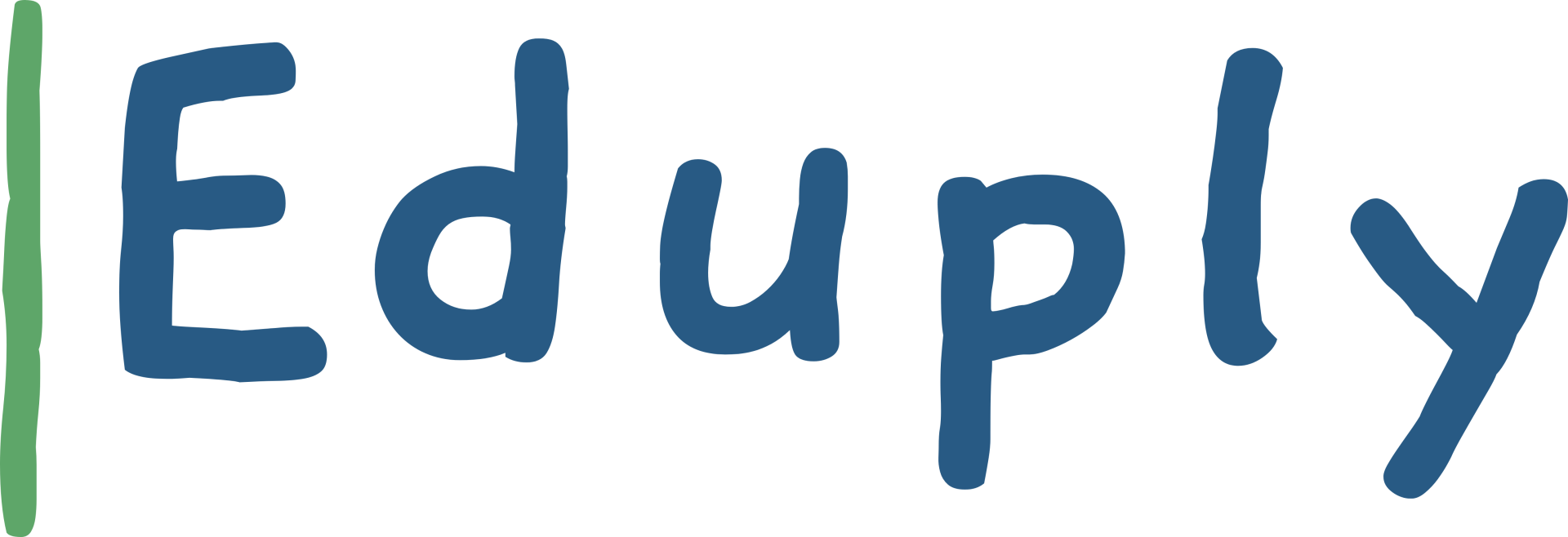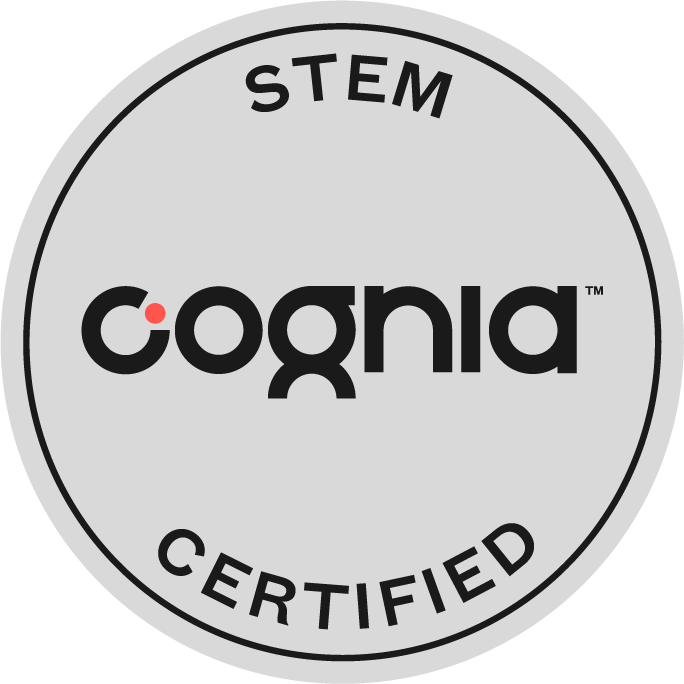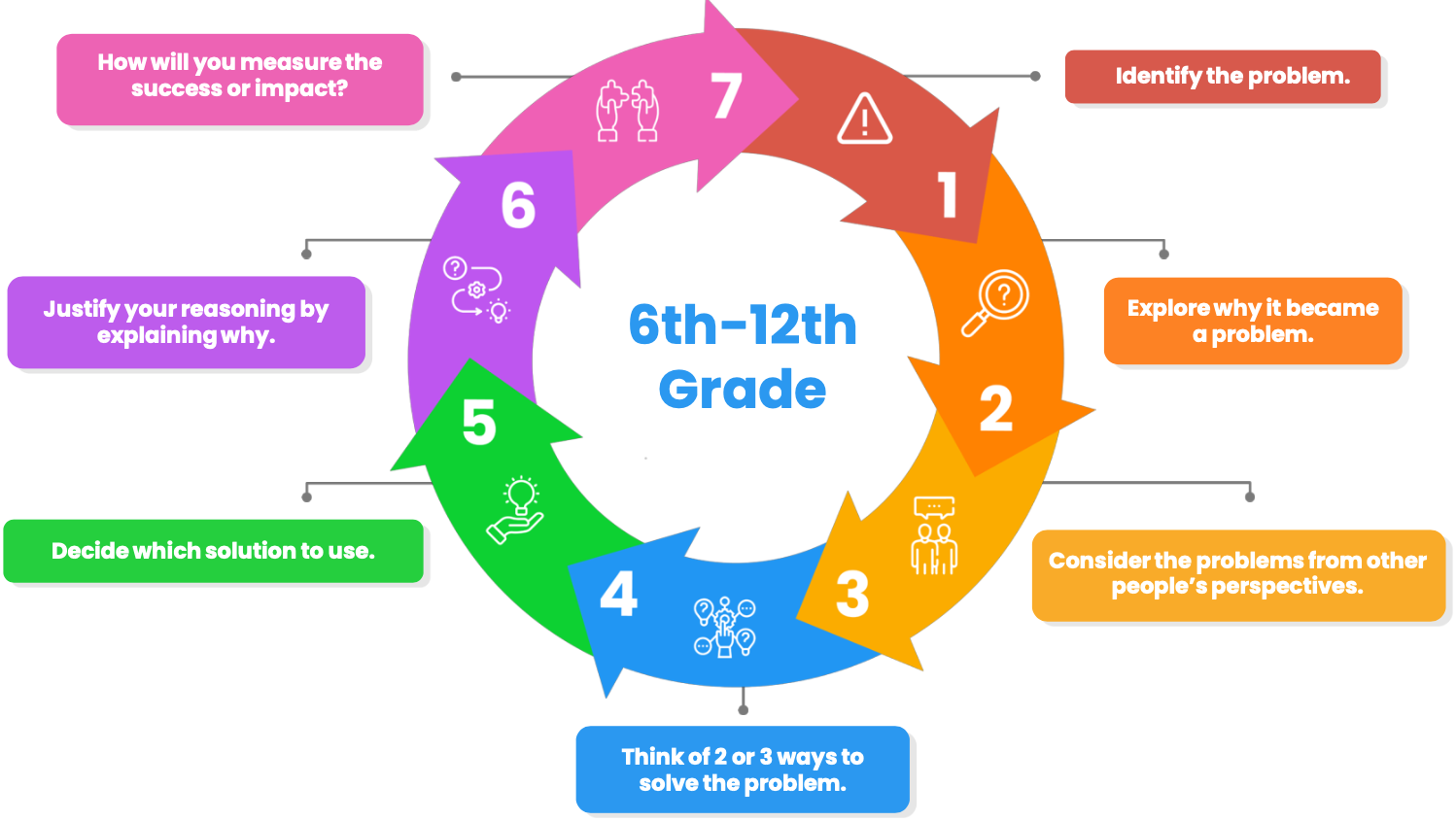Activity:
The Great Pacific
Garbage Patch
Summary
The Great Pacific Garbage Patch is a collection of marine debris in the North Pacific Ocean. Marine debris is litter that ends up in oceans, seas, and other large bodies of water. The Great Pacific Garbage Patch, also known as the Pacific trash vortex, spans waters from the West Coast of North America to Japan.
.
Connections between
STEM Concepts,
Learning
Targets and Standards
Learning Objective
- Students will identify and apply problem-solving techniques to solve problems.
- Students will understand how these skills relate to their confidence and success.
Success Criteria
- Students will be able to explain the steps involved in problem-solving.
- Students can apply problem-solving techniques to arrive at a solution.
- Students can identify and use the appropriate problem-solving technique.
Activity Introduction
Prompts for group activities
Step 1: Watch the video
Great Pacific Garbage Patch
Activity Tip 1:
Remind the students to write down words they don’t understand or questions that immediately come to mind about the topic they’re watching
Activity Tip 2:
Tell them to be ready to share with their group.
Write your awesome label here.
Step 2:
Group Session
Tip 1: Start the discussion
After the video, divide students into groups of 3 or 4 and let the students begin their discussions while you circulate; it’s all about what THEY think and feel. Ask them to listen carefully to their friends as they m ight have different opinions to them.
Tip 2: Encourage the discussion
Structure the discussions encourage the students to use the problem solving circle and the sim ple sentence starters for effective conversation structure.
Tip 3: Share ideas
Allow the students tim e to share their ideas. As they share, encourage other groups to ask them for their reasoning or how they landed on that solution.
Step 3:
Assessment
The power of Brain-Bursts
Brain-Burst activities like these help students to build skills and become more confident.
Tip 1: Ask the students
- Ask the students who they believe the best listeners and best team players are from this activity?
- Ask them to justify their answers in a simple sentence.
- Explain to them that the idea is everyone improves both their listening and team work skills over time.
- Ask the students to sum m arise the video in 6- 8 words only.
Tip 2: Share ideas
Allow the students tim e to share their ideas. As they share, encourage other groups to ask them for their reasoning or how they landed on that solution.
Tip 3: Incentivize
Use your classroom incentive process to ensure all students work as a team i.e., points are earned as a class during these activities for collective rewards.



